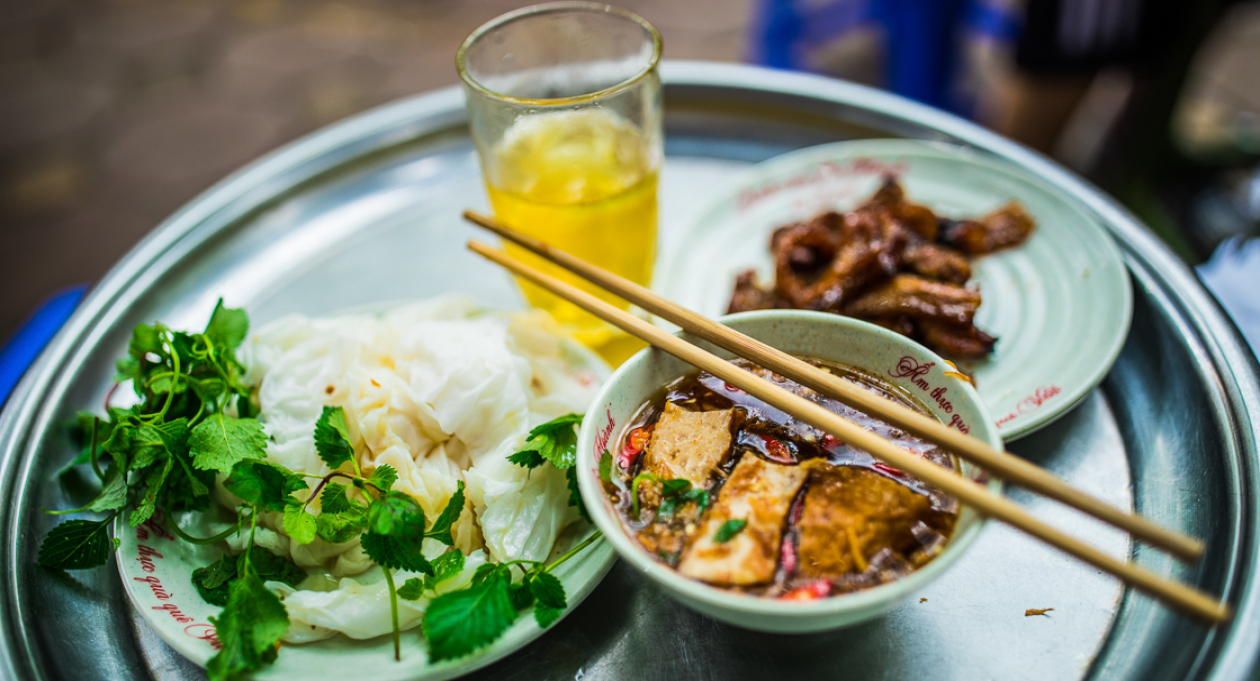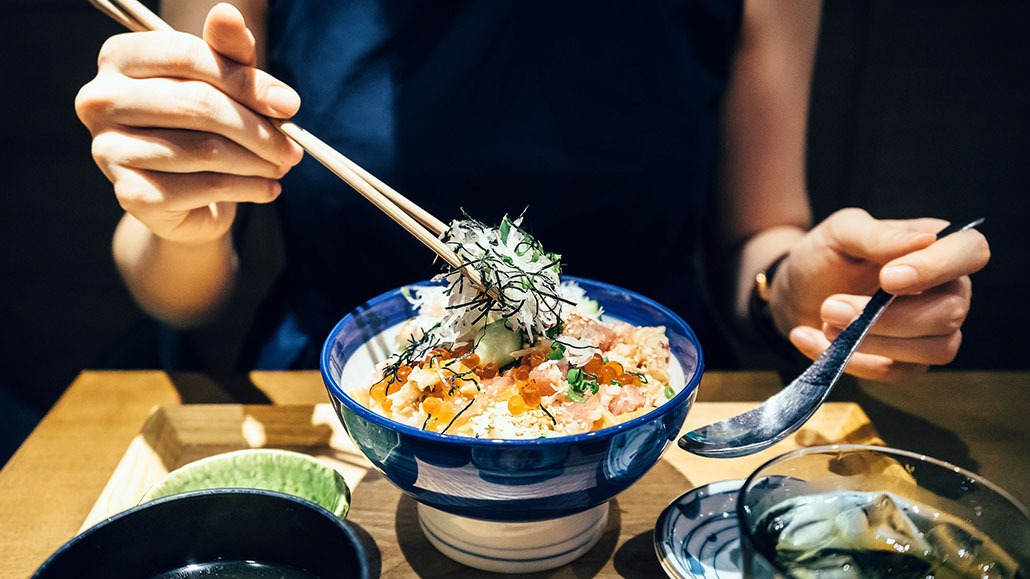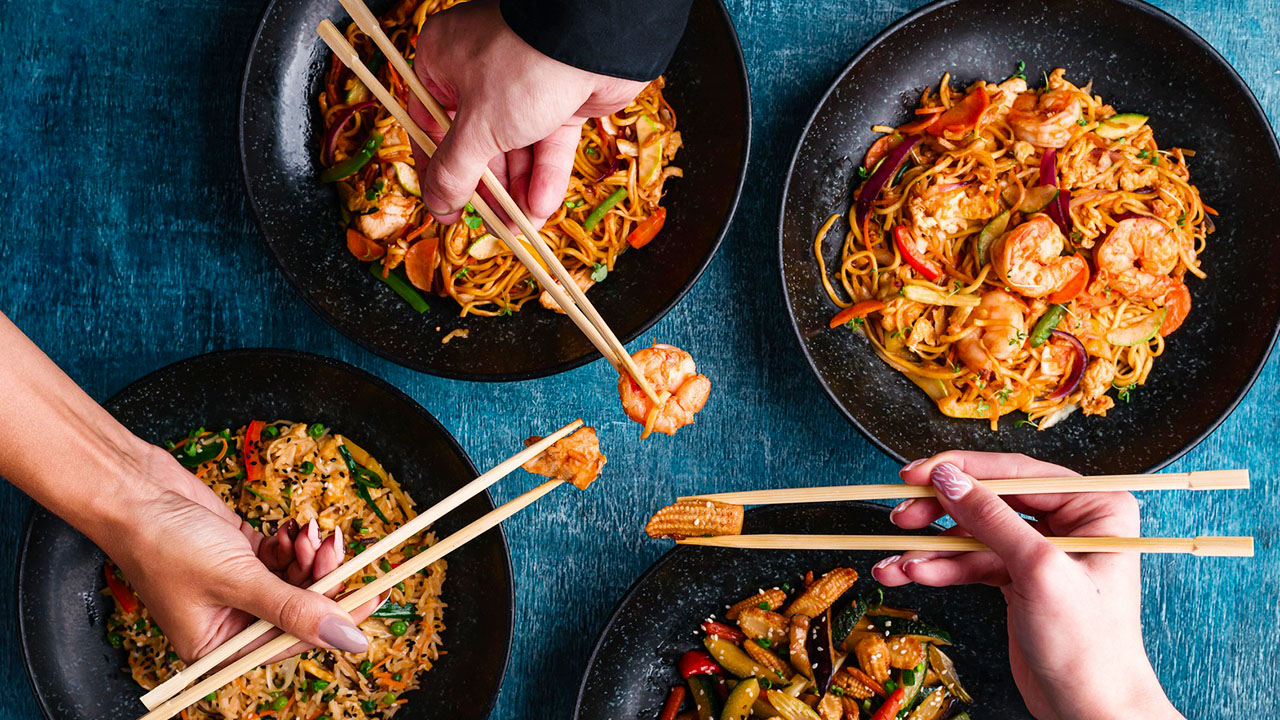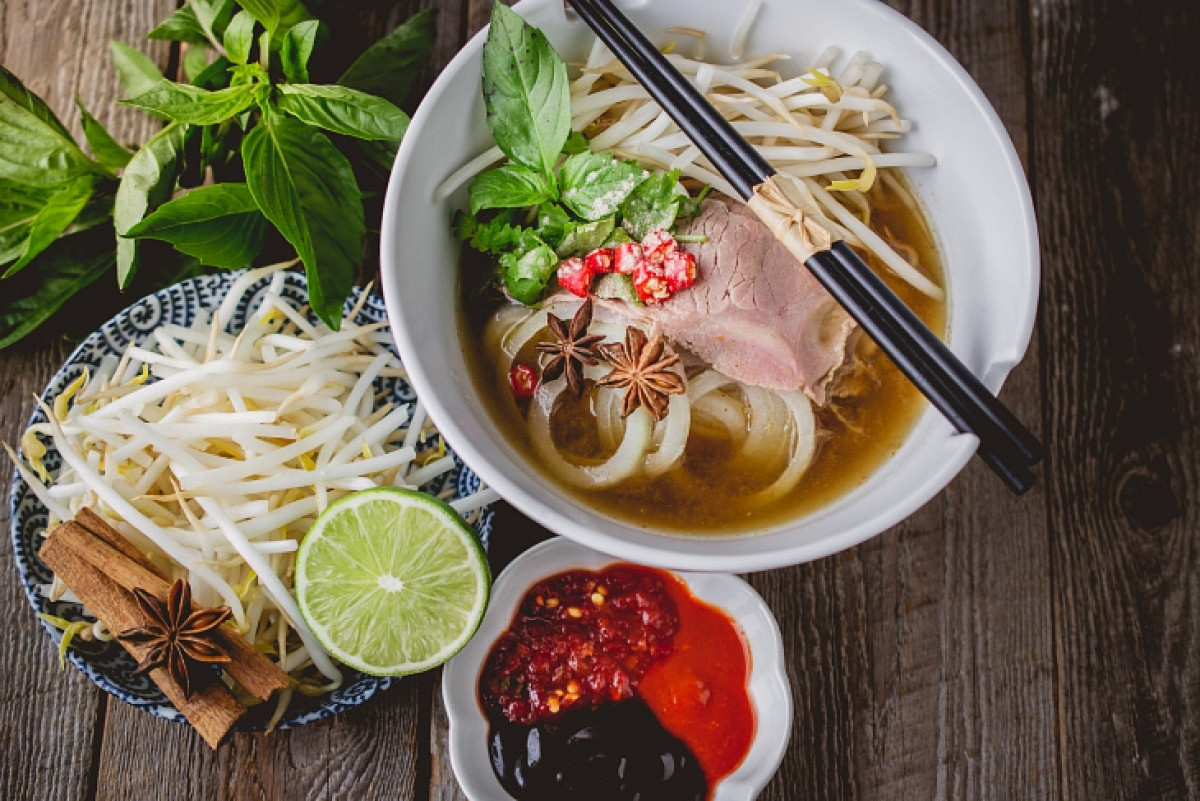If you are traveling to Vietnam and plan to enjoy local food like pho and bun bo, learning how to use chopsticks is important. Vietnamese chopsticks are not only a practical tool for eating; they also hold great cultural significance.

Vietnamese culture is rich and diverse, with a strong emphasis on communal dining. The use of Vietnamese chopsticks not only allows for precise control when picking up food but also promotes a sense of togetherness as everyone at the table shares the same dishes. Continue reading to learn more about this useful utensil and how to use it properly.
1. Differences between chopsticks in Vietnam and other countries in Asia

Invented by Asian people from ancient times, chopsticks are a commonly used utensil in many Asian countries, including Vietnam. Chopsticks originated around 1800 BCE, initially used only for cooking. By around 200 BCE, chopsticks began to evolve into a common eating utensil in East Asian cultures. Vietnam, an agrarian country with a staple diet centered around rice and abundant aquatic resources, saw the widespread use of Vietnamese chopsticks in its meals. Vietnamese cuisine, characterized by sticky rice grains, long vegetable fibers, and fish pieces, lends itself well to chopstick usage rather than hands or forks and knives.
Vietnamese chopsticks have a simple design, consisting of two straight sticks made from the same material. In Northern Vietnam, chopsticks are often crafted from bamboo, while in Southern Vietnam, coconut or betel palm wood is commonly used to make Vietnamese chopsticks. Traditional chopsticks in Vietnam typically have a round, untreated body without paint or decoration, and the tips are often left unsharpened.

In other Asian countries like Korea, Japan, and China, the chopsticks people use have different traits from Vietnamese chopsticks, which represent each country’s uniqueness in culture. In China, chopsticks are often known as “kuàizi” and are typically made of wood, bamboo, or plastic. Chinese chopsticks differ in that they are heavier, thicker, and have a rougher feel for better control when used for picking heavy food.
“Jeotgarak,” or Korean chopsticks, are mostly composed of metal, usually stainless steel or silver. Korean chopsticks are frequently designed with a rounded and pointed end to make it easier to grasp food, as metal is a slippery material. Certain varieties are rectangular in form, flat, and have blunt ends.
Japanese chopsticks, called “hashi,” are visually appealing because they can have elaborate decorations. They can be made from a variety of wood species, including lacquered wood, cypress, and cedar. When removing fish flesh from the bones or picking up tiny food bits, the tapered shape and pointy end enable more accurate control
2. Various uses of Vietnamese chopsticks from kitchen to table

Do Vietnamese use chopsticks for other purposes? Yes, Vietnamese chopsticks are not just for grabbing food at daily Vietnamese family meals. A longer, bigger kind of chopstick is also used when cooking food. These chopsticks in Vietnamese are known as “dua ca,” or kitchen chopsticks. They are typically employed for stirring and mixing ingredients during the cooking process, so they are longer and thicker than normal Vietnamese chopsticks. In the past, Vietnamese people used cooking chopsticks not only for stirring food but also for cooking rice and even lifting pots.
The image of a pair of cooking chopsticks vividly depicts the traditional Vietnamese dining scene. In modern times, with the prevalence of electric rice cookers equipped with plastic rice scoops, most families use these tools for handling rice instead of those big cooking chopsticks. As a result, cooking chopsticks are mainly reserved for stir-frying dishes, no longer serving the multifunctional roles they once did in handling rice and pots.
3. How to use Vietnamese chopsticks properly?

Learning how to use Vietnamese chopsticks is not difficult once you are used to it. First, you need to hold the chopsticks by gripping them firmly between your thumb and the rear of your palm. You can imagine holding one chopstick like a pen or pencil. Place the chopsticks in the crook between your thumb and index finger. Let them rest on the lower side of your thumb and against the knuckle of your index finger.
The trick here is to hold the second chopstick between your thumb and the tips of your ring and middle fingers. Your ring finger will act as a support and help in controlling the movement of the upper chopstick, so this second chopstick must be still. Then use your thumb, your middle finger, and your index finger to control the upper one. You can try practicing with your pens and grabbing a few small things, like an eraser, if you do not happen to have a pair of chopsticks at home. With practice and patience, you will soon get used to Vietnamese chopsticks and eat like a local in no time.
4. Important Vietnamese chopstick rules you should know

When it comes to using chopsticks, certain practices should be followed and some should be avoided to ensure proper Vietnamese chopstick etiquette, especially when sitting at a dining table with local people.
Here are some Do’s regarding using Vietnamese chopsticks:
- While eating out, remember to wipe the chopsticks with a napkin before using them to remove dust from the chopsticks.
- When you need to place chopsticks down, you should rest them either on a chopstick holder or on the bowl.
- If you want to pick the food for others, use a different pair of Vietnamese chopsticks or reverse your chopsticks to the cleaner other ends.
- Unlike in Japan, you can use chopsticks to separate soft food into smaller portions.
- After picking up the food from the dishes, instead of eating it right away, you should place it in your bowl first.
There are some Don’ts when using Vietnamese chopsticks, such as:
- Sticking your chopsticks upright in the middle of the rice bowl. This action is similar to inserting incense into a censer, which appears as though you are offering the rice to the deceased.
- Hit the chopsticks to the bowl. These tapping sounds are believed to attract wandering spirits and homeless souls.
- Picking up food from another person’s chopsticks with your own. It is a cultural taboo associated with funeral practices in many Asian cultures.
- Using uneven Vietnamese chopsticks. Ancient beliefs suggest that using uneven chopsticks would bring bad luck and unfortunate events.
- Use chopsticks to point at someone. This action is considered to be very rude and inappropriate during meals.

